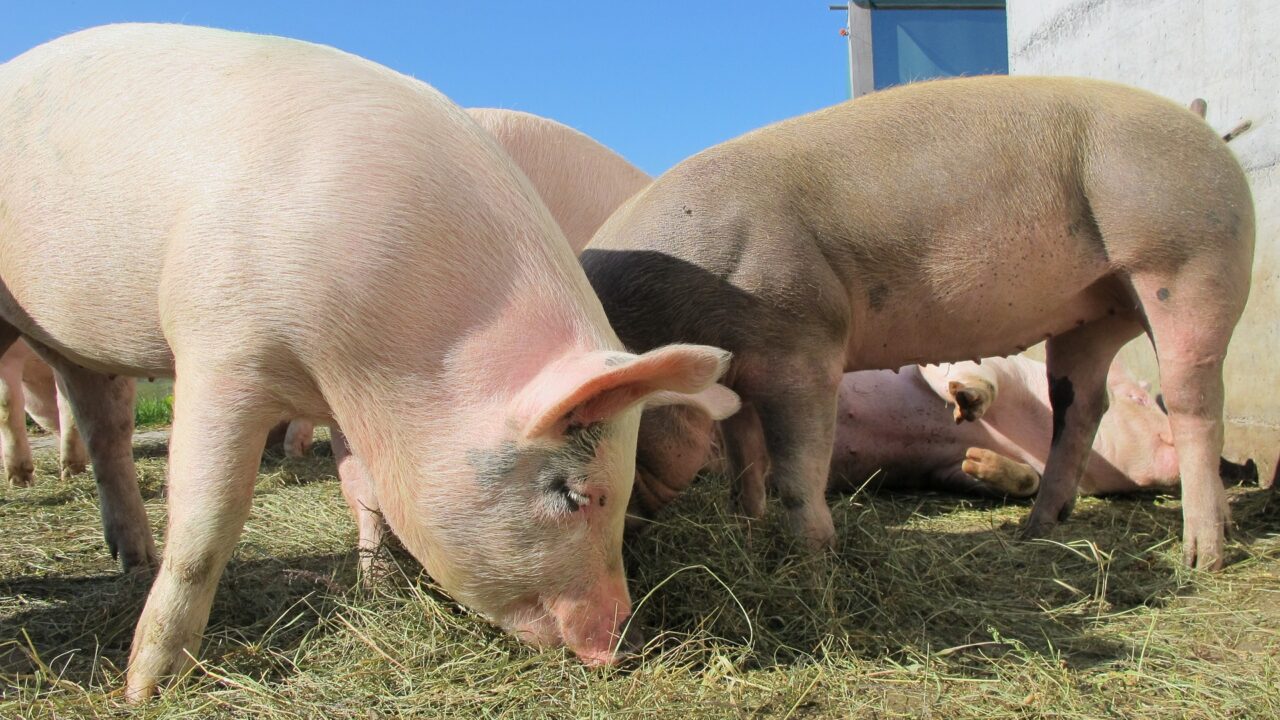A series of trials, carried out by Teagasc research staff, is striving to find out if native-grown beans can be included in Irish pig diets.
The work, which began in 2016, has been coordinated by Dr. Peter Lawlor. Its fundamental aim has been to identify how best native beans can substitute soybean.
The trials, to date, have focused on the use of beans that have been treated directly after harvest with a combination of organic acids.
Beans in Irish pig diets
The first trial gave a clear indication that beans could completely substitute for soyabean without impacting grower and pig performance in any way.
“On the basis of this work, it was also concluded that the inclusion of native beans could reduce the carbon footprint of the diets fed by 30%, relative to those containing soya only, s a protein source,” Lawlor explained.
“This figure was based on soyabean imported from North America. However, if soya imported from Argentina and Brazil had been used in the diets, the reduction in overall carbon footprint came in at 60%.”
Lawlor discussed the results of the ongoing feed trials at a recent pig seminar, hosted by Adesco.
So much for the good news; the ‘not so good’ news is that follow-up trials have not been able to confirm that same level of efficacy, where the inclusion of beans in pig diets is concerned.
“We know enough now to suggest that the treatment of the beans must be carried out effectively, if they are to have the desired effect,” Lawlor continued.
“Beans can contain quite high levels of anti-nutritional compounds.
“The levels of these compounds can vary on the variety of the bean used and the variations in growing conditions that can arise from season to season.
“The work carried out, to date, confirms the role of native beans as a protein source within Irish pig rations,” he added.
“It may not be a case of totally substituting beans for soybeans. The reality is that we are looking at a partial replacement option. Our aim now is to work out what the most feasible replacement rate is.”
It has been surmised that the acid treatment of the beans acts to reduce the levels of mycotoxins within crops. This issue is being addressed by Lawlor’s research team.
But irrespective of how much soyabean can be replaced by beans, from a pig performance perspective, everything eventually comes down to price.
According to Peter Lawlor, it is the working through of a ‘least cost ration formulation’ exercise that will determine when beans can actually be included within pig diets.
